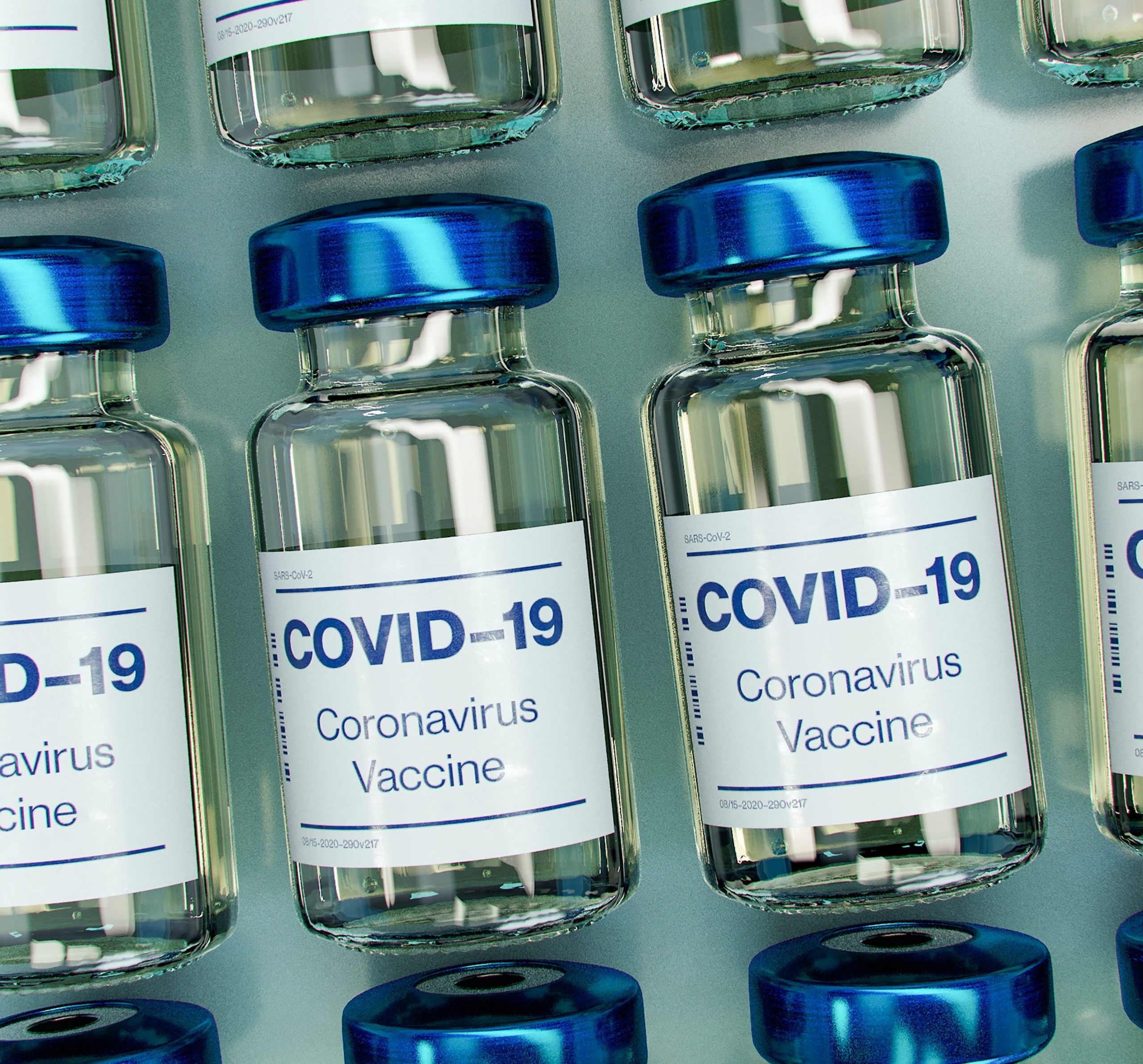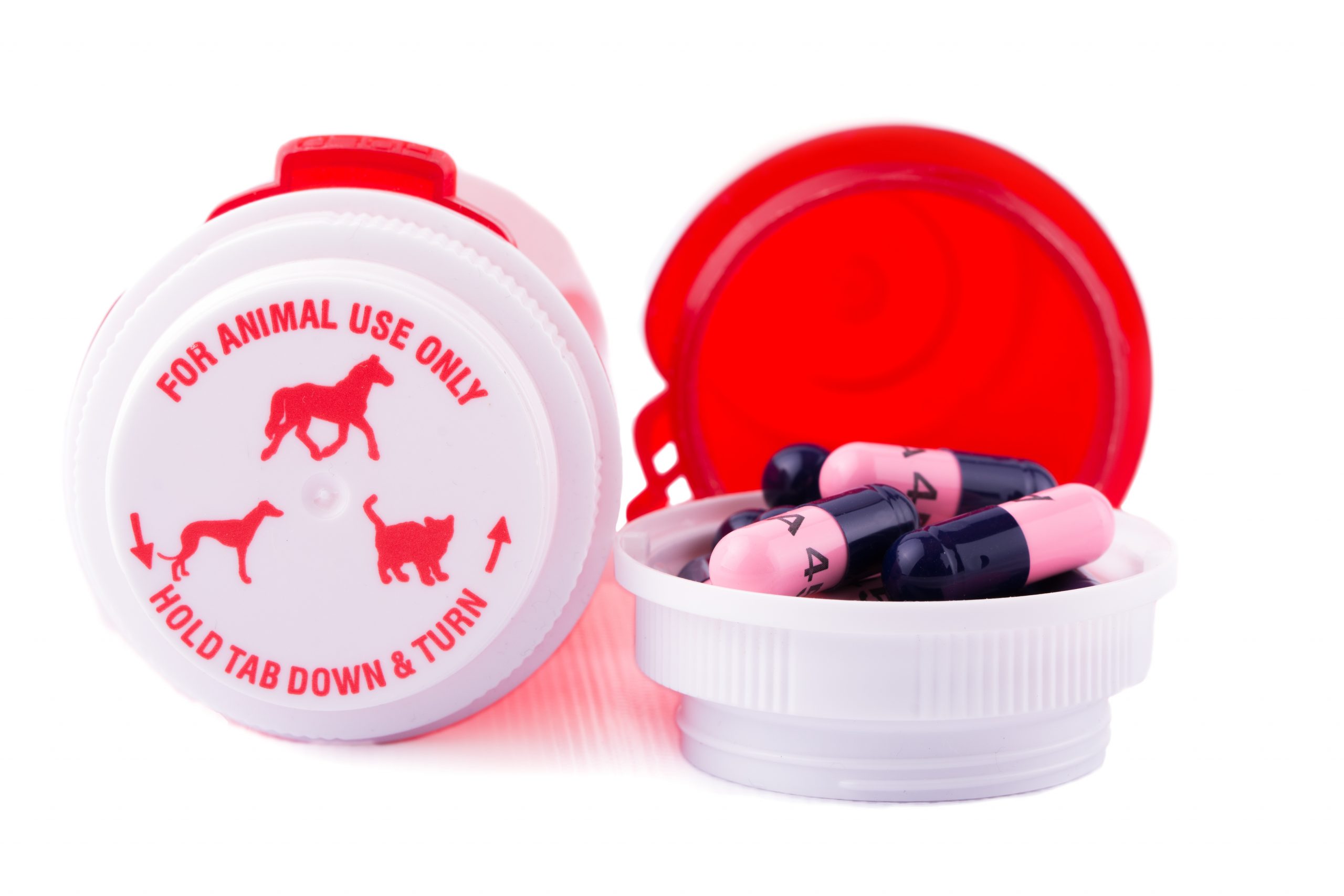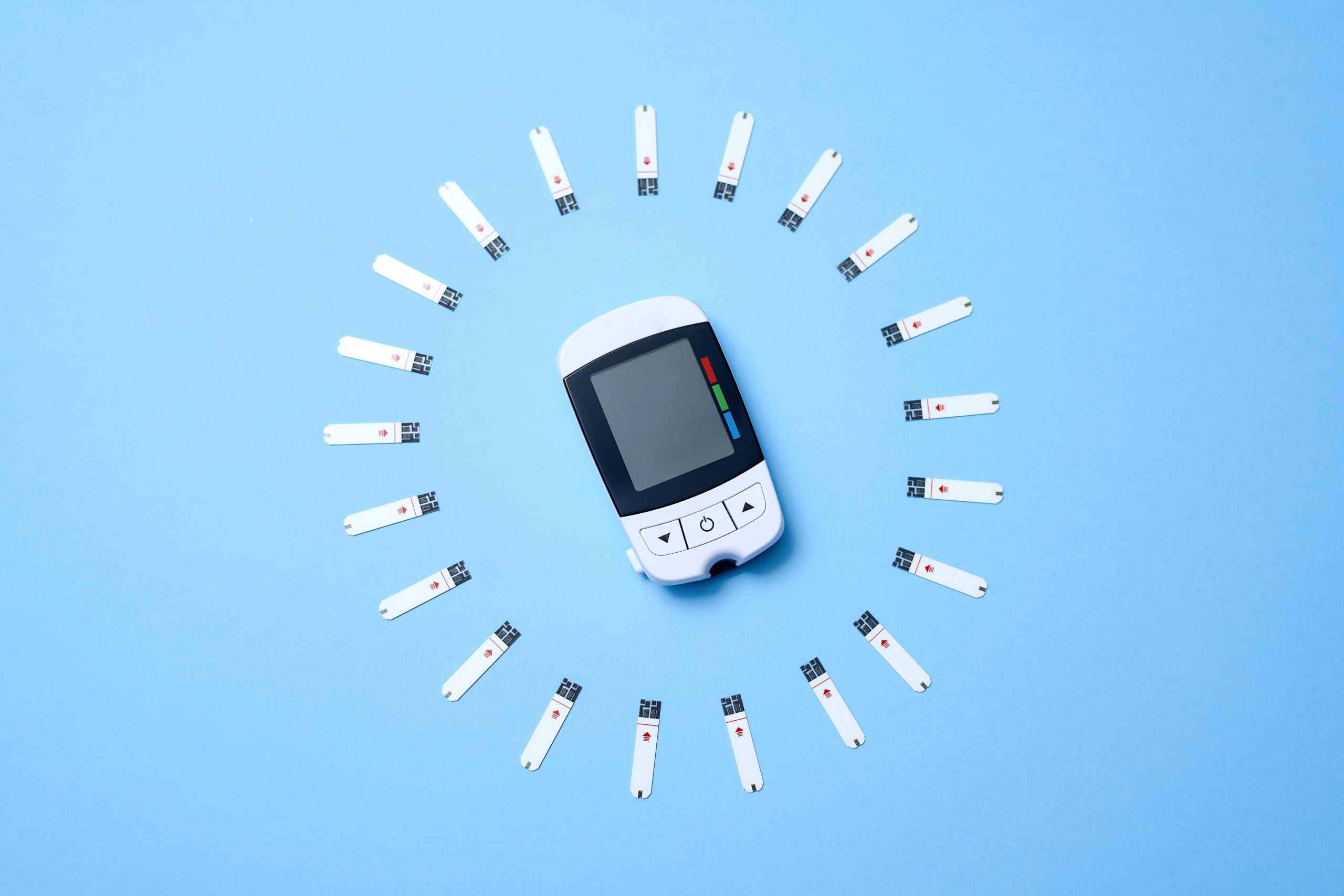Will the EU rules for the translation of COVID-19 vaccine documentation cause unnecessary delays in getting regulatory approval for the EU market?
On 2nd December 2020, the UK’s Medicines and Healthcare products Regulatory Agency (MHRA) gave temporary authorisation for the use for the first COVID-19 vaccine for the UK, developed by Pfizer/BioNTech. On 11th December, the US’s Food and Drug Administration (FDA) issued an emergency use authorisation (EUA) for the Pfizer/BioNTech vaccine, allowing the vaccine to be distributed in the US. A second COVID-19 vaccine, produced by Moderna, was authorised by the FDA on 18th December. EU’s European Medicines Agency (EMA) has brought forward a planned decision on approval of the Pfizer/BioNTech vaccine from 29th December to 21st December. Some European governments have questioned why the US and UK have been able to move more rapidly than the EU, and high coronavirus infection rates and new lockdowns and restrictions in many European countries have increased the sense of urgency.
Any new COVID-19 vaccine, as a new, innovative medicine, must be authorised by EMA before it can be marketed and made available to patients across the EU. If EMA gives a positive recommendation, the European Commission can proceed with the authorisation of the vaccine for the EU market. EMA’s Centralised Authorisation Procedure includes the requirement for all drug information documents (such as Summary of Product Characteristics (SPC), Package Labelling, and Patient Information Leaflets (PIL)) to be available in all 24 official EU languages (as well as in Icelandic and Norwegian). Vaccines Europe, an organisation which represents AstraZeneca, GlaxoSmithKline and other vaccine manufacturers, has suggested that this requirement for the translation of COVID-19 vaccine regulatory documents could hinder the rapid deployment of hundreds of millions of doses and has urged EU regulators to choose just one language for all 27 EU Member States for the SPC, Labelling, and PIL on possible Covid-19 vaccines to speed up the approval process. So, will the EU requirements for the translation of COVID-19 vaccine documentation cause unnecessary delays in getting regulatory approval for the EU market?
To answer this question needs an examination of how EMA’s Centralised Authorisation Procedure works, particularly the process for translation of drug information documents.
How Does the EU Approve New Medicines?
The Committee for Medicinal Product for Human Use (CHMP) is EMA’s committee responsible for the scientific evaluation and assessment of new medicines in the Centralised Authorisation Procedure. Under this procedure, an assessment of a Marketing Authorisation application for a new medicine takes up to 210 ‘active’ days. This ‘active’ evaluation time is the time EMA spends in assessing evidence provided by pharmaceutical companies in support of their Marketing Authorisation application. Initially, only the English version of the product information (SPC, Labelling, and PIL) is submitted for review.
When a Marketing Authorisation application has been received, the CHMP’s initial evaluation includes assessment of the submitted data, risk assessments, and peer reviews of data by the CHMP experts. The result of this stage is a CHMP report and questions for the applicant. This first evaluation lasts up to 120 days. The evaluation is then paused while the applicant prepares its responses to the CHMP’s questions and updates the product’s risk management plan. At Day 121 the revised English product information is submitted to EMA by the applicant. Further rounds of assessment and revision take place before wording of the final English product information is agreed at Day 210. If Marketing Authorisation is approved by the CHMP, the Marketing Authorisation Holder (MAH) must submit the final English product information along with its translations into the remaining 23 EU languages at Day 215.
Because this translation timescale is so short, the MAH often starts the translation process much earlier in the assessment process, using a ‘working’ copy of the English product information from Day 121 as the source files. At this stage, significant changes are unlikely, and completing initial translations from the English source files into the remaining 23 official EU languages is a pragmatic step. Revisions may be needed during subsequent review stages, but these will usually be minor updates, and achievable within the tight translation timeframe for Day 215. Most drug companies are well prepared to meet the EU translation requirements. These systems are regularly used in the process of authorising other medicines in non-emergency Centralised Authorisation Procedures.
Overall, the assessment of a new medicine by the CHMP usually lasts around a year. Following a positive recommendation from EMA, the European Commission is then responsible for verifying the Marketing Authorisation decision, consulting with Member States. The Commission ensures that the necessary information is available to patients and medical professionals across the EU in their national language before adopting the decision to endorse the Marketing Authorisation. This decision is usually issued within 67 days of EMA’s recommendation.
But What About In An Emergency?
However, the EU has specific rules that permit early availability of medicines, including vaccines, for use in emergency situations, such as the COVID-19 pandemic. The Conditional Marketing Authorisation (CMA) procedure is explicitly designed to fast-track marketing authorisations as soon as enough data becomes available to ensure that the benefits of the new treatment outweigh the risks. The CMA provides the EU with a structure for accelerated approval, combined with a legal requirement for continued monitoring of the safety and effectiveness of vaccines after authorisation. CMAs are valid for one year and can be renewed annually.
On 11th December 2020, EMA announced that, because of the urgency of the COVID-19 pandemic, it had adopted rapid review procedures for the assessment process of safe and effective COVID-19 treatments and vaccines. ‘Rolling reviews’ will assess nonclinical and clinical data for promising medicines, including vaccines, as they become available, instead of waiting until all clinical trials have concluded to start the Centralised Authorisation Procedure. The CMA allows the timeline for evaluation to be reduced from the usual 210 working days to less than 150.
It was also announced that, under EU legislation for emergency situations, the Commission would be able to proceed with a CMA within 3 days of receiving a positive recommendation from EMA.
As part of this accelerated process, EMA has announced that translation of COVID-19 vaccine product information will be initially published in electronic form by the Commission. This ensures translation of COVID-19 vaccine documentation is available: one of the key requirements of the CMA. It is assumed that this translation process will have been started early in the CMA process, in a similar way to the process for a full Marketing Authorisation application.
So translation of drug information documentation is not a last-minute job, to be rushed to meet EMA’s Marketing Authorisation deadline. Translation of drug information documentation, including translation of COVID-19 vaccine product information, takes place during the assessment process, with the translations updated as the process continues. EMA has implemented emergency changes to translation requirements by allowing translated drug information documentation to be initially available online. In conclusion, it is unlikely that translation of COVID-19 vaccine documentation has delayed (or will delay) access to a new COVID-19 vaccine for EU patients, especially as EMA will be using a conditional Centralised Authorisation Procedure.
Comirnaty is now authorised across the EU which allows vaccination programmes to be rolled out across the EU. This follows the granting of a conditional marketing authorisation by the European Commission on 21st December 2020.






